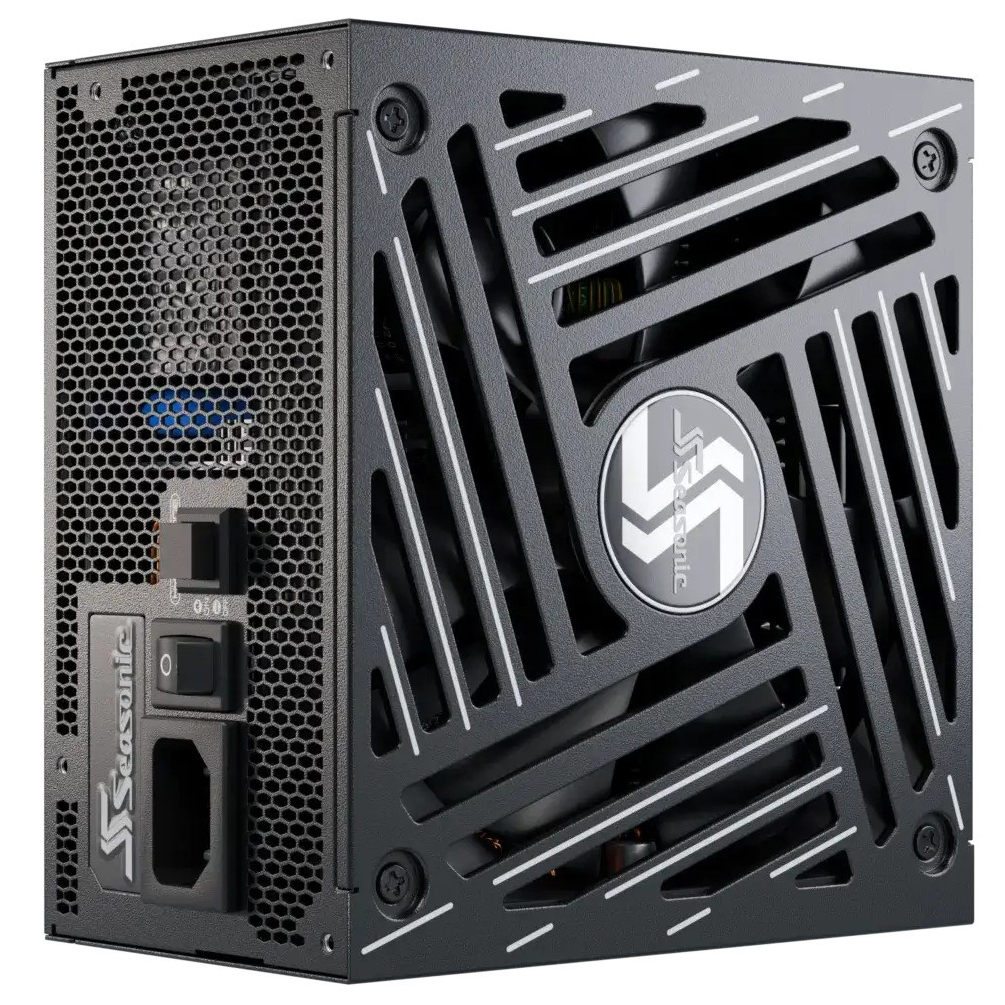Daisy chaining was the main reason I remember, and the occasional not seated properly. Imo if we take the survey as representative of reality, the difference between 3.3 and 4% I don't think warrants enough of a reaction from 3.3 is fine to 4 omg what a bunch of whoppers, etc. Although I suspect real world numbers will be lower for both.The funny thing is just how many failure points there are; it's not just one issue, the 12hwpr has a whole range of issues that can individually or in combination cause failure
I wonder when 6 and 8 pin was introduced several decades ago; did they have these teething issues as well?
Last edited:




